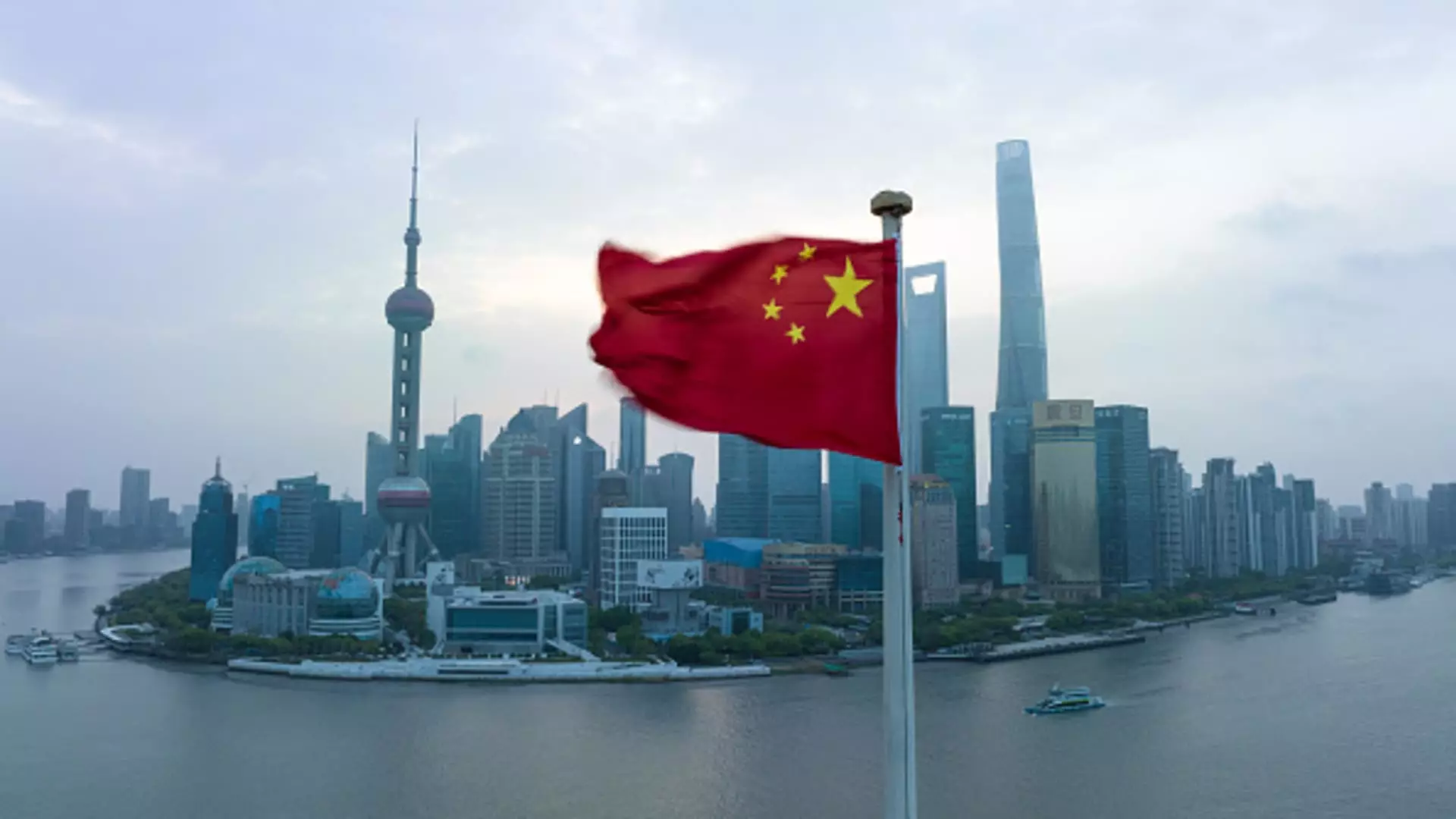In recent times, Chinese companies have captivated global investors through unprecedented dividend distributions and aggressive share buybacks, fundamentally reshaping the corporate governance landscape in China. As the country undergoes extensive governance reforms, notably driven by government initiatives, the financial commitments of publicly listed firms are on the rise, signaling a remarkable shift in how companies allocate their capital. In 2023, the China Securities Regulatory Commission (CSRC) reported a groundbreaking dividend payout of 2.4 trillion yuan (approximately $328 billion), indicative of an evolving market strategy that prioritizes shareholder returns.
The trend of share buybacks complements this dividend surge, with Chinese firms repurchasing shares worth 147.6 billion yuan, setting a new historical standard. Analysts at Goldman Sachs optimistically project that this capital redistribution to shareholders may escalate to approximately 3.5 trillion yuan in the upcoming year, emphasizing a pivotal transformation in corporate strategies. Such robust figures reflect a newfound corporate ethos where returning capital to shareholders has taken precedence, particularly as companies calibrate their liquidity and investment strategies in uncertain economic conditions.
HSBC’s Herald van der Linde highlighted that the drive towards higher dividends stems from firms grappling with idle cash, unable to generate considerable return from financial institutions. This trend reveals a significant shift in company policies, incorporating a shareholder-centric approach that diverges from traditional capital expenditure. With the expectation that over 310 corporations will distribute dividends surpassing 340 billion yuan in the coming months, this marks a dramatic increase when juxtaposed against prior periods, signifying a potent commitment to shareholder value.
Central to this transformation is the active role of the Chinese government in promoting higher shareholder returns. Regulatory frameworks have evolved, with incentives established to encourage these practices among publicly traded companies. An example is the central bank’s launch of a targeted relending program of 300 billion yuan designed to facilitate share buybacks, a clear indication of governmental support for enhancing corporate efficiency via shareholder engagement. With the implementation of stringent stock listing norms in 2024 and increased scrutiny over unlawful practices, there has been a concerted effort to enhance the integrity of financial markets.
The state-owned enterprises (SOEs) have undeniably led this dividend renaissance, often referred to in market discourse as having to “jump” when the government calls. The response of prominent SOEs, such as PetroChina and CNOOC, underscores this dynamic, exhibiting exceptional dividend yields. Notably, the yield on PetroChina is around 8%, a compelling indicator for investors evaluating steady income streams. Such entities are not only responding to governmental pressure but are also aligning their financial strategies with broader economic policies aimed at rejuvenating investor confidence.
Moreover, private firms are not lagging in this newfound corporate behavior. Companies like JD.com have initiated substantial buyback programs and have committed to distributing dividends, thereby solidifying their place in the competitive landscape. This upward trend among large-cap stocks is noteworthy, as it signals an inclusive financial strategy that appeals to an expanding pool of investors seeking reliable income.
Despite these positive developments, China’s dividend payout ratio of 52.58% remains significantly below that of other prominent markets in the region, such as Australia and Singapore. The need to bridge this gap is essential, as the current ratio inadequately reflects the potential available to shareholders. Promoting enhanced payout structures could further solidify investor loyalty domestically and invite greater foreign interest in the Chinese markets.
As higher dividends offer a tangible mechanism to appease investor sentiment amid turbulent economic attributes, stakeholders are cautiously optimistic. The lingering challenges in the real estate sector and broader economic landscape compound the importance of immediate shareholder returns. Though the government-initiated monetary policies have incited initial market reactions, long-term viability hinges on a sustainable recovery. Dividends not only enhance liquidity for households but also make investments in equities particularly appealing as alternatives to conventional savings vehicles.
In essence, as Chinese companies navigate a transformative phase within their corporate governance structures, the rise in dividend payouts and share buybacks signifies more than just enhanced shareholder returns. It illustrates a cultural shift among firms towards valuing their investors as key stakeholders. This trend, fueled by governmental support and regulatory reforms, bears the promise of fostering a more resilient and attractive investment landscape for years to come. As companies embrace these changes, the outlook for the Chinese corporate sector appears poised for a fruitful evolution.

